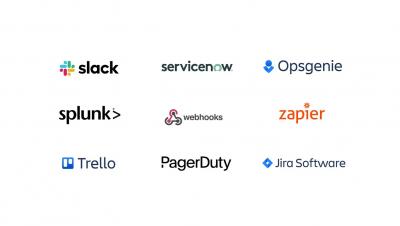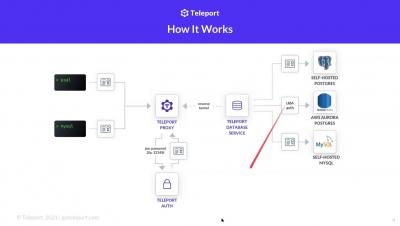How to Keep Data Safe When Offboarding Employees - Data Theft Prevention Tips | CurrentWare
Follow these 6 tips to protect sensitive data against theft when offboarding employees. Are you concerned about the damage a terminated employee could cause with access to your sensitive corporate information, account passwords, and other proprietary data? In this video you will learn how to keep data safe when offboarding employees.











